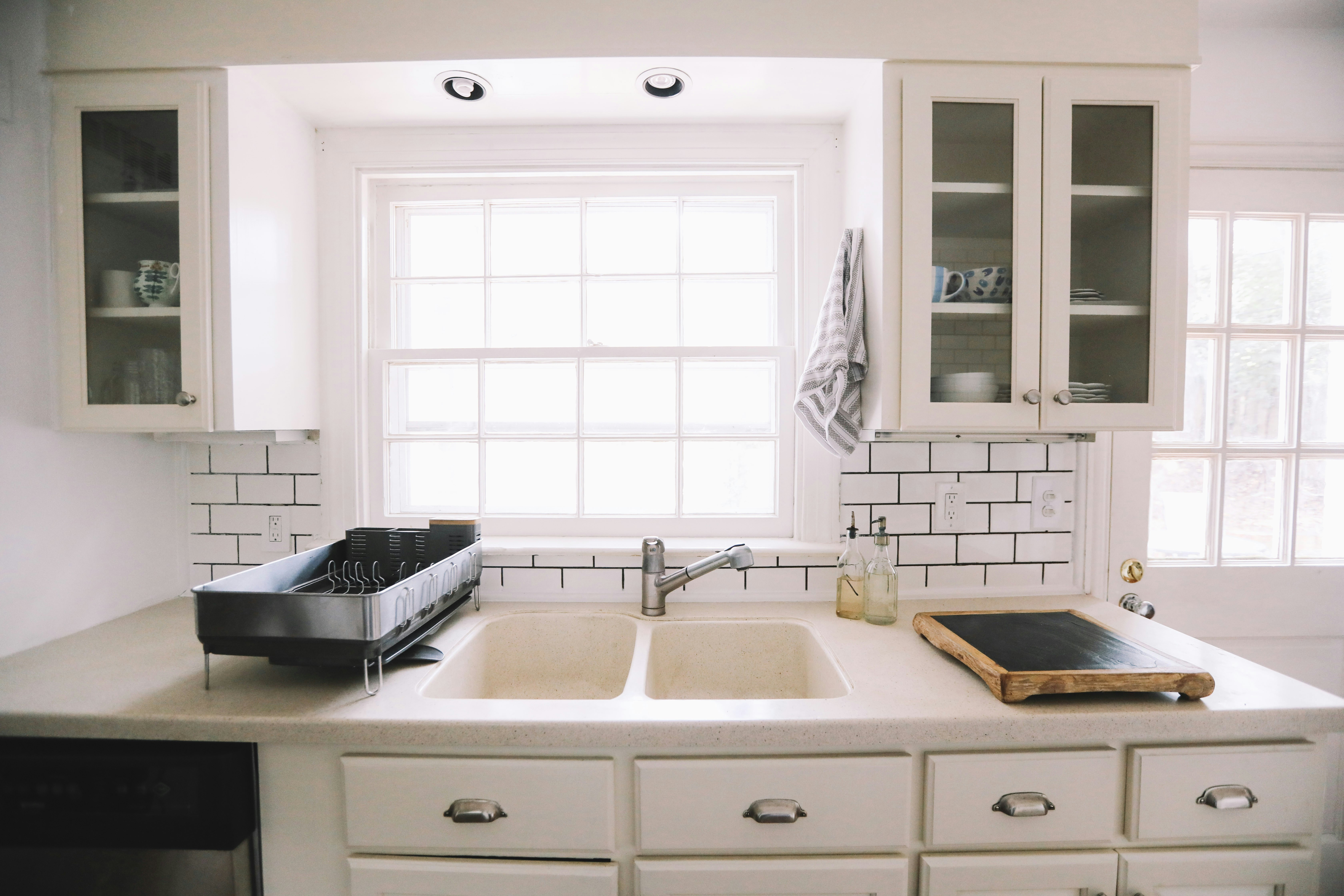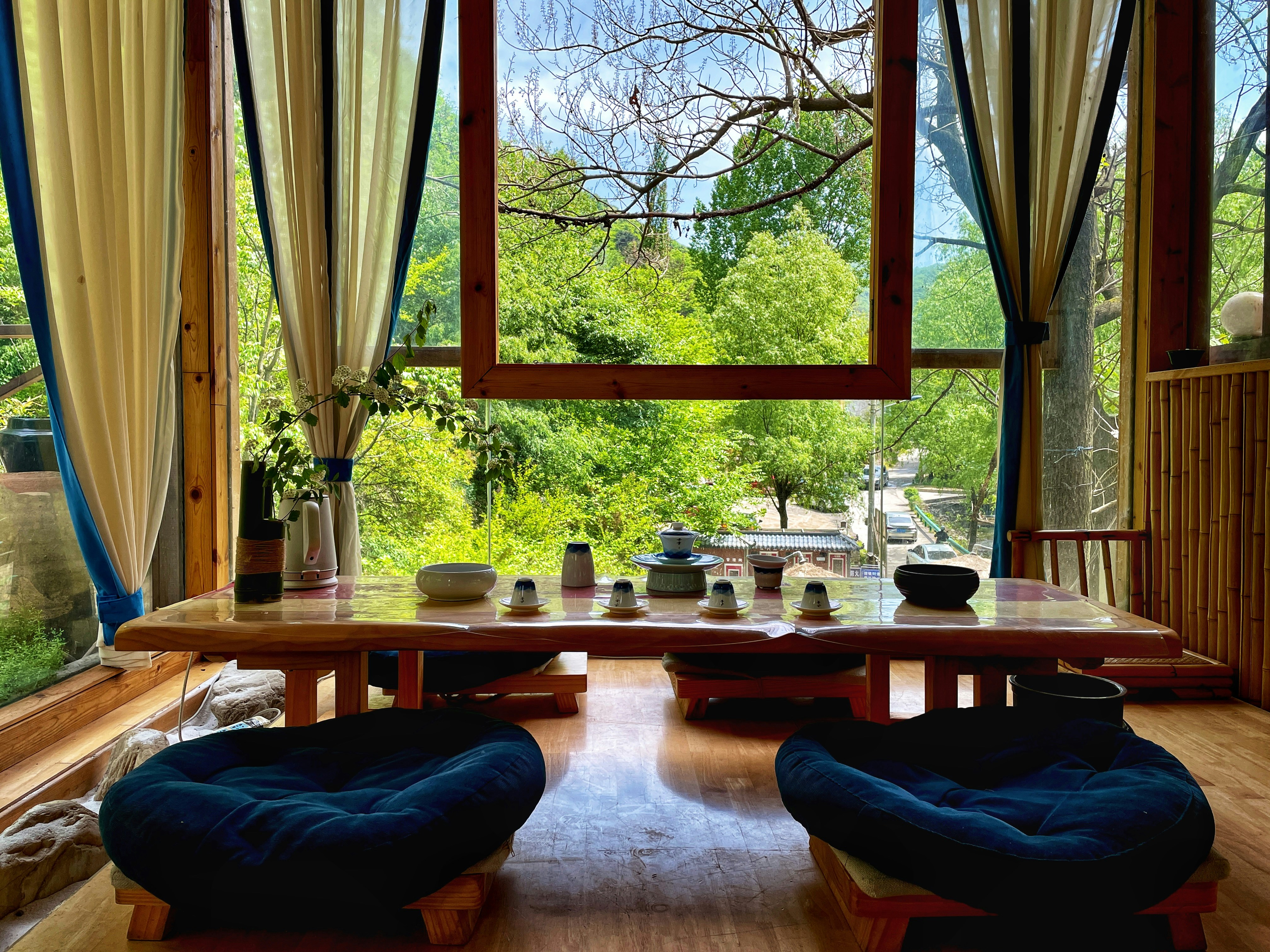Transform Your Space: DIY Soundscaping for a Harmonious Home
Imagine stepping into your home and feeling instantly cocooned in tranquility. The subtle sound of rustling leaves, the gentle hum of a distant stream, or the soothing notes of your favorite music wrapping around you like a warm blanket—this is the beauty of soundscaping, a transformative approach to home decor that goes beyond the visual. In today’s fast-paced world, noise pollution can infiltrate our sanctuaries, disrupting our peace. However, with thoughtful sound design, you can create a harmonious living environment that tantalizes your ears and nurtures your soul. In this comprehensive guide, we’ll explore DIY techniques to integrate sound design within your home decor, allowing you to build your personal oasis of serenity.
Understanding Soundscaping

Soundscaping refers to the art and science of designing the auditory landscape of a space. It’s about curating sounds that enhance your home’s ambiance, encourage relaxation, and improve overall well-being. Think of it as composing a visual melody with audio elements. This concept has gained traction due to the increasing awareness around the importance of all five senses in enhancing our living spaces and our quality of life.
Consider the different sounds you might encounter in various environments— the gentle crackle of a fireplace, the bubbling of a fountain, or even the harmonic resonance of wind chimes. Each of these sound elements not only contributes to the aesthetic of a space but also impacts our mood and mental health. According to a study published by the Cambridge University Press, engaging with sound can significantly affect our emotional states, stress levels, and overall wellness. These findings underscore why integrating sound design is more than just a nicety; it’s a necessity.
The Benefits of Soundscaping Your Home

Enhancing Wellness and Comfort

When you soundscape your home effectively, you create an environment that fosters relaxation and comfort. Sounds can soothe chaotic thoughts and create a space for mindfulness. For instance, soft background music can diminish the constant hum of urban noise, while natural sounds like ocean waves or birds chirping can lower cortisol levels, promoting relaxation.
Incorporating elements that engage your auditory senses leads to a balanced and enriching home. For additional insights into creating sensory spaces that engage all five senses, check out this post, where you can discover how sound plays a role alongside sight, taste, touch, and smell.
Personal Expression

Soundscaping is also a beautiful way to reflect your personality and embrace your style. Whether through music, nature sounds, or curated auditory environments, you can weave elements that resonate with who you are. By embracing soundscapes, your living space becomes a true reflection of your lifestyle, preferences, and identity.
DIY Soundscaping Techniques

1. Curate Your Music Atmosphere

Installing a quality sound system or smart speakers in key areas can revolutionize how you experience sound in your home. You don’t need a fortune to do this; simple DIY installations can yield profound results. Set up a wireless system connected to your smartphone or tablet, allowing you to customize playlists for different hours of the day.
A “wake-up” playlist might include gentle acoustic songs to start your morning on a relaxed note, while an “unwind” playlist could feature tranquil instrumental or nature sounds for evening relaxation. Consider platforms like Spotify or Apple Music that offer pre-made soundscapes curated for specific feelings or activities.
2. Incorporate Natural Elements

Nature sounds can be incredibly calming. You can introduce various natural elements, like indoor water features or green plants, which not only purify the air but also contribute to a serene auditory environment. Research from the University of Queensland finds that indoor water fountains can simulate the sounds of a flowing stream, which can positively impact stress levels.
If you can't manage a fountain, consider indoor plants with rustling leaves, or even wind chimes placed near a window to catch the breeze. You can learn more about the benefits of biophilic design and creating a smart indoor garden in our article on smart gardens.
3. Textiles and Decor

Don’t underestimate the power of soft furnishings! Materials like thick curtains, plush rugs, and cushioned furniture can absorb sound and reduce echoes, contributing to a quieter home environment. Incorporating textiles not only muffles harsh noises but also adds warmth and comfort to your space.
Opt for decorative cushions or quilts that feature calming colors or patterns that reflect nature—think earth tones or botanical prints. These choices will not only look stunning but will also aid in your sensory experience, creating a retreat for the eyes and ears alike.
4. Utilize Aromatic Paints and Fragrance

Combining auditory elements with other sensory experiences can elevate the benefits of soundscaping. Consider creating an aroma wall by using fragrant textiles or botanical scents in your decor. These layers can enhance mood and amplify the desired auditory ambiance. You can find more on how to engage your senses through textile choices in our post about fragrant textiles.
5. Create Sound Stations

Designate specific areas in your home as “sound stations,” complete with your favorite sound sources. For instance, a cozy reading nook can be enhanced with comfortable seating, soft lighting, and a Bluetooth speaker to provide an auditory backdrop as you unwind with a book. Consider adding this to your routine: every week, change the audio themes—maybe classical music one week, nature sounds the next. This rotating atmosphere keeps the environment fresh while enhancing your auditory experience.
The Role of Silence

Let’s not forget the transformative power of silence! In our quest to soundscape, we can easily overshadow our need for quiet moments. Designing spaces that allow for silence is just as important as curating sounds. Silencing the outside world with sound-insulating materials or simply finding quiet corners in your home encourages a space for contemplation and peace of mind.
For those interested in interior acoustic comfort, check out this guide, which delves into creating sound-friendly environments.
Practical Considerations

Assessing Your Space

Before embarking on your soundscaping journey, assess your space. Identify areas of your home that are prone to noise pollution or that feel too loud or chaotic. This could be near a busy street or a place where children often gather. Understanding these elements will help you design effective soundscaping solutions.
Experiment and Iterate

Soundscaping isn’t a one-and-done process. Treat it like an ongoing art project! Experiment with different sounds, textures, and colors, and observe what resonates most with you and your family.
You might want to keep a journal of soundscaping elements you’ve tried. Note which combinations work best or any new ideas that emerge. In time, you’ll discover your signature auditory style.
Final Thoughts
Soundscaping your home invites tranquility and creativity into your living environment. By considering sound as an integral piece of your decor strategy, you elevate the emotional and sensory experience of your space. Remember that each element contributes to the overall experience—sound, sight, touch, and even scent work harmoniously together to create a fulfilling home.
So go ahead, refine your listening and create that sanctuary of peace. With a dash of imagination and a couple of DIY techniques sprinkled throughout, soundscaping can turn your home into a haven of peace and beauty, rewarding you—a gentle melody to soothe your soul among life’s cacophony.



